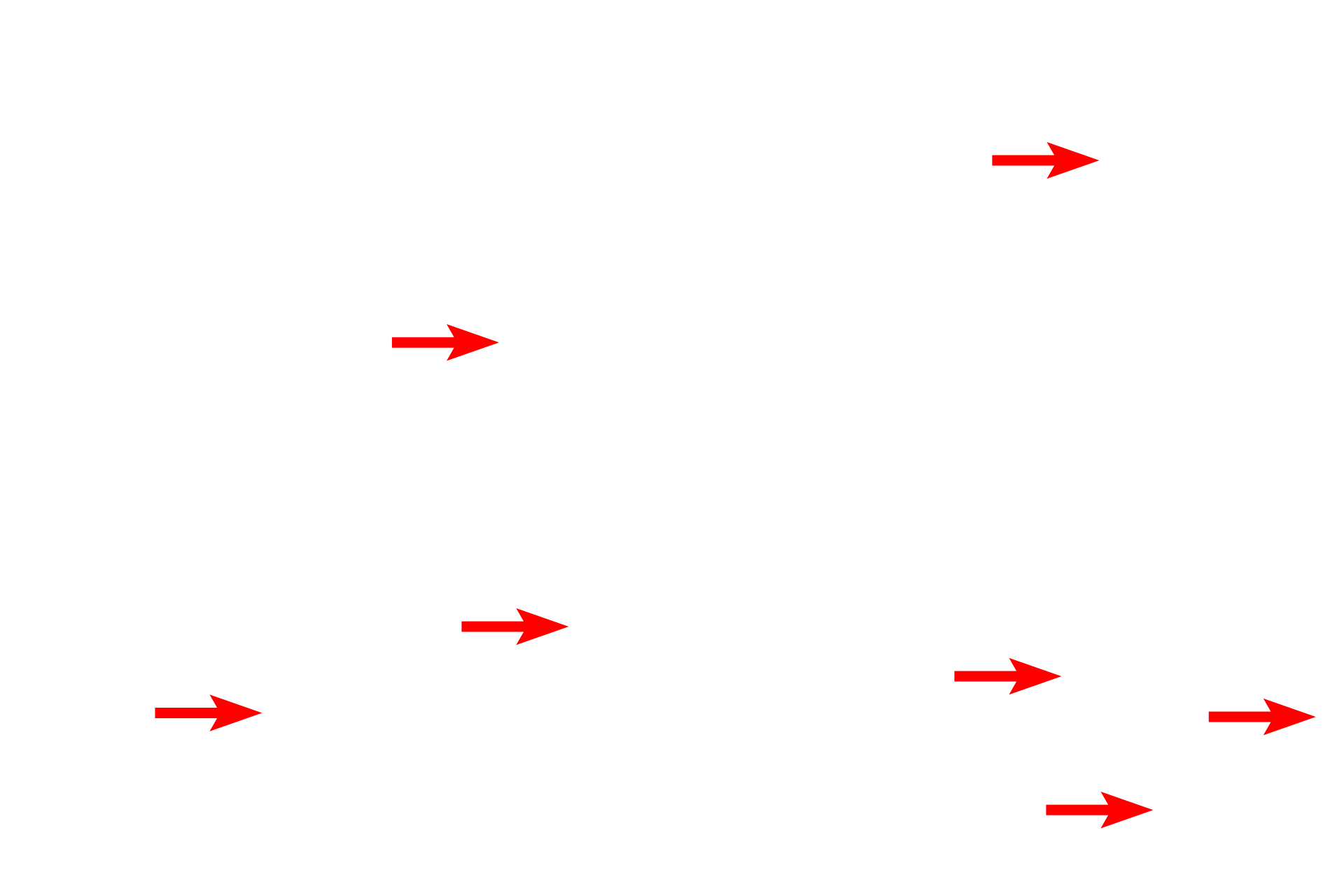
Multipolar neuron
The shape of multipolar neurons can be highly variable and unique for specific regions of the brain. Pyramidal neurons, seen here in the cerebral cortex, have pyramidal-shaped cell bodies and a thick apical dendrite. Several lateral dendrites also extend from the base of the cell body, as does the axon. Nuclei of glial cells (astrocytes and oligodendrocytes) are also visible. 400x

Pyramidal neurons
The shape of multipolar neurons can be highly variable and unique for specific regions of the brain. Pyramidal neurons, seen here in the cerebral cortex, have pyramidal-shaped cell bodies and a thick apical dendrite. Several lateral dendrites also extend from the base of the cell body, as does the axon. Nuclei of glial cells (astrocytes and oligodendrocytes) are also visible. 400x

Apical dendrites
The shape of multipolar neurons can be highly variable and unique for specific regions of the brain. Pyramidal neurons, seen here in the cerebral cortex, have pyramidal-shaped cell bodies and a thick apical dendrite. Several lateral dendrites also extend from the base of the cell body, as does the axon. Nuclei of glial cells (astrocytes and oligodendrocytes) are also visible. 400x

Lateral dendrites
The shape of multipolar neurons can be highly variable and unique for specific regions of the brain. Pyramidal neurons, seen here in the cerebral cortex, have pyramidal-shaped cell bodies and a thick apical dendrite. Several lateral dendrites also extend from the base of the cell body, as does the axon. Nuclei of glial cells (astrocytes and oligodendrocytes) are also visible. 400x

Axon
The shape of multipolar neurons can be highly variable and unique for specific regions of the brain. Pyramidal neurons, seen here in the cerebral cortex, have pyramidal-shaped cell bodies and a thick apical dendrite. Several lateral dendrites also extend from the base of the cell body, as does the axon. Nuclei of glial cells (astrocytes and oligodendrocytes) are also visible. 400x

Oligodendrocytes and astrocytes
The shape of multipolar neurons can be highly variable and unique for specific regions of the brain. Pyramidal neurons, seen here in the cerebral cortex, have pyramidal-shaped cell bodies and a thick apical dendrite. Several lateral dendrites also extend from the base of the cell body, as does the axon. Nuclei of glial cells (astrocytes and oligodendrocytes) are also visible. 400x

Myelinated axons
The shape of multipolar neurons can be highly variable and unique for specific regions of the brain. Pyramidal neurons, seen here in the cerebral cortex, have pyramidal-shaped cell bodies and a thick apical dendrite. Several lateral dendrites also extend from the base of the cell body, as does the axon. Nuclei of glial cells (astrocytes and oligodendrocytes) are also visible. 400x

Image source >
This image was taken of a slide from the University of Michigan collection.